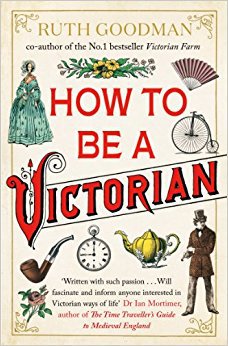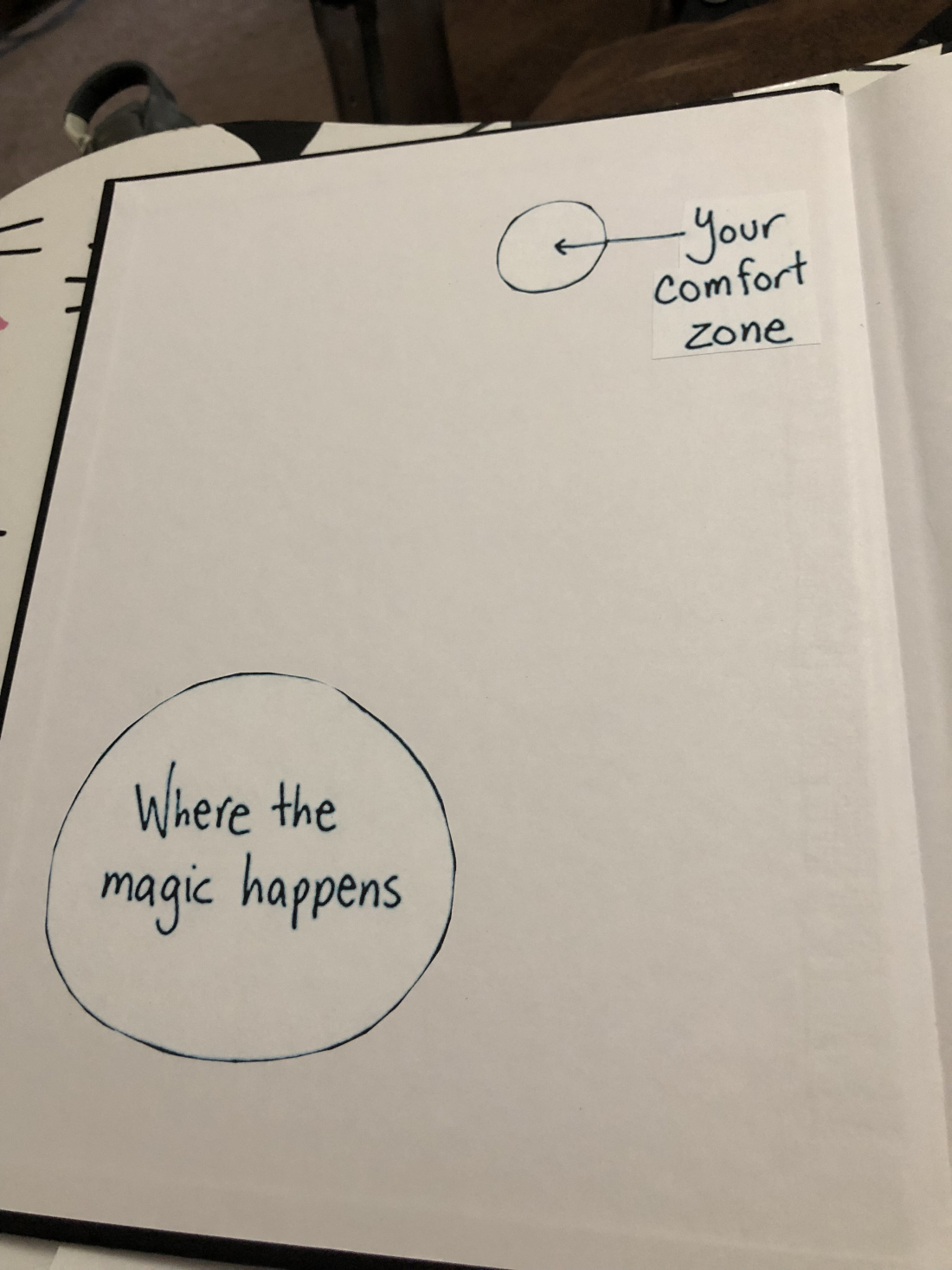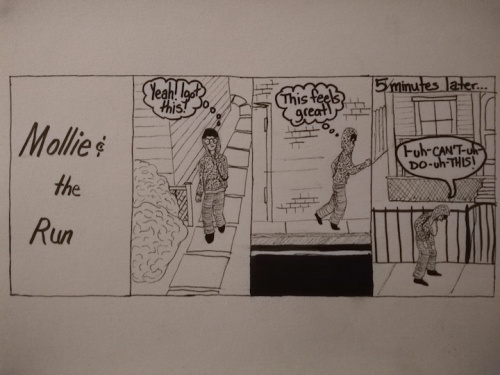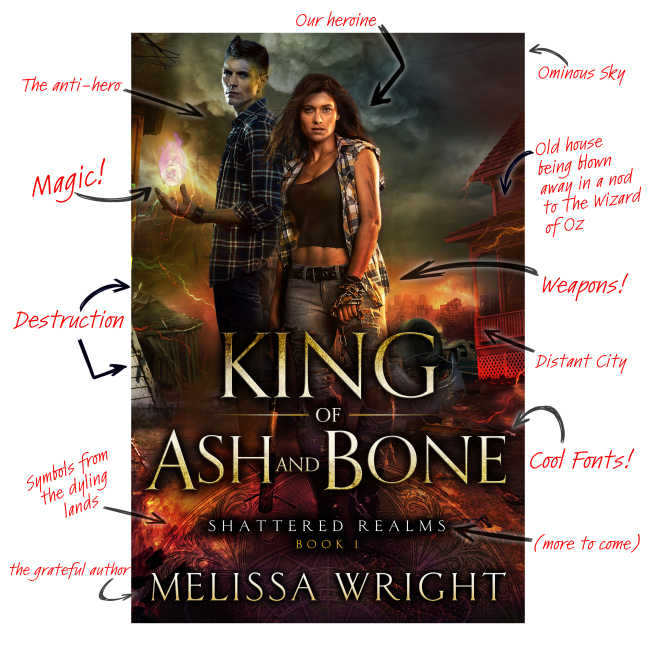Homegoing by Yaa Gyasi
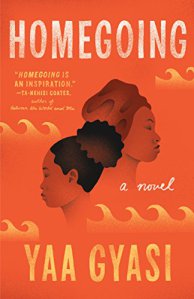 The best book I read this year and the one I have recommended the most to others. This powerful book should be required reading, as it taught me so much about the black experience, both here in America and in Africa, over the past two centuries. Homegoing follows two branches of a family tree, starting in eighteenth-century Ghana. One branch of the family stays in Africa, while the other is sold into slavery and crosses the Atlantic to America. Each chapter tells us the story of a new generation. The African family tree starts with Effia, who marries an English slave trader in a semi-legal ceremony, and chronicles tribal warfare amongst the Fante and Asante tribes and colonialism in Africa. Meanwhile, in America the stories include that of Ness, a slave in the American South, to H, a freed American man who is re-enslaved through the mechanism of enforced labor in coal mines, to Willie, a mother and aspiring singer trying to raise her son in New York during the Harlem Renaissance. The stories are engrossing, beautifully told, and heartbreaking.
The best book I read this year and the one I have recommended the most to others. This powerful book should be required reading, as it taught me so much about the black experience, both here in America and in Africa, over the past two centuries. Homegoing follows two branches of a family tree, starting in eighteenth-century Ghana. One branch of the family stays in Africa, while the other is sold into slavery and crosses the Atlantic to America. Each chapter tells us the story of a new generation. The African family tree starts with Effia, who marries an English slave trader in a semi-legal ceremony, and chronicles tribal warfare amongst the Fante and Asante tribes and colonialism in Africa. Meanwhile, in America the stories include that of Ness, a slave in the American South, to H, a freed American man who is re-enslaved through the mechanism of enforced labor in coal mines, to Willie, a mother and aspiring singer trying to raise her son in New York during the Harlem Renaissance. The stories are engrossing, beautifully told, and heartbreaking.
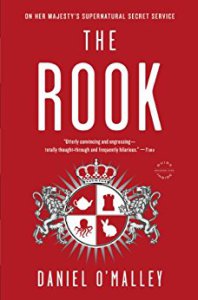 Probably my favorite new paranormal find of the year. Mwyfany Thomas (it rhymes with Tiffany) opens her eyes in a new body, with no memory of who she is, surrounded by dead people wearing latex gloves. Luckily, her new body’s previous inhabitant expected this and left copious notes directing Mwyfany on how to assume her new identify, navigate her job at a covert British government agency and, oh, deal with the fact that she can control other people’s bodies with her mind.
Probably my favorite new paranormal find of the year. Mwyfany Thomas (it rhymes with Tiffany) opens her eyes in a new body, with no memory of who she is, surrounded by dead people wearing latex gloves. Luckily, her new body’s previous inhabitant expected this and left copious notes directing Mwyfany on how to assume her new identify, navigate her job at a covert British government agency and, oh, deal with the fact that she can control other people’s bodies with her mind.
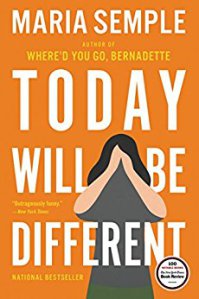 I loved the first book by this author, Where’d You Go, Bernadette, and her second novel, Today Will Be Different, was just as good. Eleanor is an accomplished illustrator of a cult-favorite animated series, now living in the suburbs of Seattle with her husband and focusing on raising her young son Timby. But Eleanor struggles to summon the mental energy to do everyday tasks. Showering? Must she? Interacting with other humans in a normal fashion? Please no. Still, she makes an effort. Each day she thinks, “today will be different.” And the day we follow her and her son through Seattle certainly is different, involving a run-in with a former colleague that triggers memories Eleanor is trying to suppress: of her childhood and the sister she has not seen or spoken to in years. It’s at once incredibly witty and sharp novel, and deeply affecting. The story explores both the family relationships we are born with and the family relationships we create when we form our own family units—and how we may struggle to maintain or choose to abandon both types of relationships.
I loved the first book by this author, Where’d You Go, Bernadette, and her second novel, Today Will Be Different, was just as good. Eleanor is an accomplished illustrator of a cult-favorite animated series, now living in the suburbs of Seattle with her husband and focusing on raising her young son Timby. But Eleanor struggles to summon the mental energy to do everyday tasks. Showering? Must she? Interacting with other humans in a normal fashion? Please no. Still, she makes an effort. Each day she thinks, “today will be different.” And the day we follow her and her son through Seattle certainly is different, involving a run-in with a former colleague that triggers memories Eleanor is trying to suppress: of her childhood and the sister she has not seen or spoken to in years. It’s at once incredibly witty and sharp novel, and deeply affecting. The story explores both the family relationships we are born with and the family relationships we create when we form our own family units—and how we may struggle to maintain or choose to abandon both types of relationships.
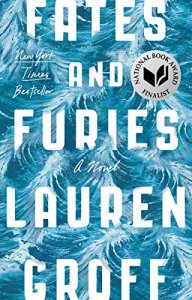 We often say that secrets can destroy a relationship, but can they preserve it, too? Are there secrets that help rather than hurt? And do we ever truly know the one we love? Is it even possible to know someone, to comprehend experiences outside our own? Fates and Furies tells the story of Lotto and Mathilde, a golden couple. The first part of the story is told from Lotto’s perspective, as we learn about his childhood with his wealthy but reclusive mother, his formative years in an exclusive New England prep school, his rise in popularity as an aspiring actor in college. It’s there that he meets Mathilde, an enigmatic and magnetic girl without much of a past…as far as he knows. The two are married and move to New York City, and although their friends think the relationship will fizzle, Lotto and Mathilde are happy, and continue to be so for decades. Then, about halfway through the book, we move to Mathilde’s perspective and get to see everything through her eyes. Suddenly, events from Lotto’s story have completely new significance when you know Mathilde’s side of the story. But though Lotto and Mathilde kept secrets from one another, does that lessen their love? Does it change anything when they were happy?
We often say that secrets can destroy a relationship, but can they preserve it, too? Are there secrets that help rather than hurt? And do we ever truly know the one we love? Is it even possible to know someone, to comprehend experiences outside our own? Fates and Furies tells the story of Lotto and Mathilde, a golden couple. The first part of the story is told from Lotto’s perspective, as we learn about his childhood with his wealthy but reclusive mother, his formative years in an exclusive New England prep school, his rise in popularity as an aspiring actor in college. It’s there that he meets Mathilde, an enigmatic and magnetic girl without much of a past…as far as he knows. The two are married and move to New York City, and although their friends think the relationship will fizzle, Lotto and Mathilde are happy, and continue to be so for decades. Then, about halfway through the book, we move to Mathilde’s perspective and get to see everything through her eyes. Suddenly, events from Lotto’s story have completely new significance when you know Mathilde’s side of the story. But though Lotto and Mathilde kept secrets from one another, does that lessen their love? Does it change anything when they were happy?
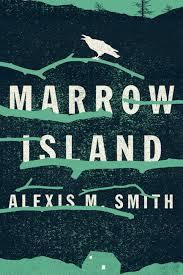 Lucie Bowen thought she had left her hometown of Marrow Island behind. After a devastating earthquake resulted in an accident that poisoned the soil and killed hundreds, including her father, Marrow Island has been all but abandoned. But Lucie receives a letter from her childhood best friend Kate and discovers that Kate has been living on Marrow Island with a colony of people who are rehabilitating the soil and hoping to bring the island back to life. Curious, and thinking there might be a story there to help her career as an environmental journalist, Lucie travels back to Marrow Island, revisiting the memories of her childhood and seeking out just what is going on at Marrow Island. This is a dark and introspective tale punctuated by both brutality and tenderness. Although the disaster on Marrow Island was invented for this novel, Smith wrote about it so vividly that I felt like it had to be real, something I just hadn’t heard about or had overlooked. As I’ve traveled to a few of the islands in the Pacific Northwest, I definitely felt that the setting was evocative and brought me back to that place.
Lucie Bowen thought she had left her hometown of Marrow Island behind. After a devastating earthquake resulted in an accident that poisoned the soil and killed hundreds, including her father, Marrow Island has been all but abandoned. But Lucie receives a letter from her childhood best friend Kate and discovers that Kate has been living on Marrow Island with a colony of people who are rehabilitating the soil and hoping to bring the island back to life. Curious, and thinking there might be a story there to help her career as an environmental journalist, Lucie travels back to Marrow Island, revisiting the memories of her childhood and seeking out just what is going on at Marrow Island. This is a dark and introspective tale punctuated by both brutality and tenderness. Although the disaster on Marrow Island was invented for this novel, Smith wrote about it so vividly that I felt like it had to be real, something I just hadn’t heard about or had overlooked. As I’ve traveled to a few of the islands in the Pacific Northwest, I definitely felt that the setting was evocative and brought me back to that place.
SaveSave
Share this: